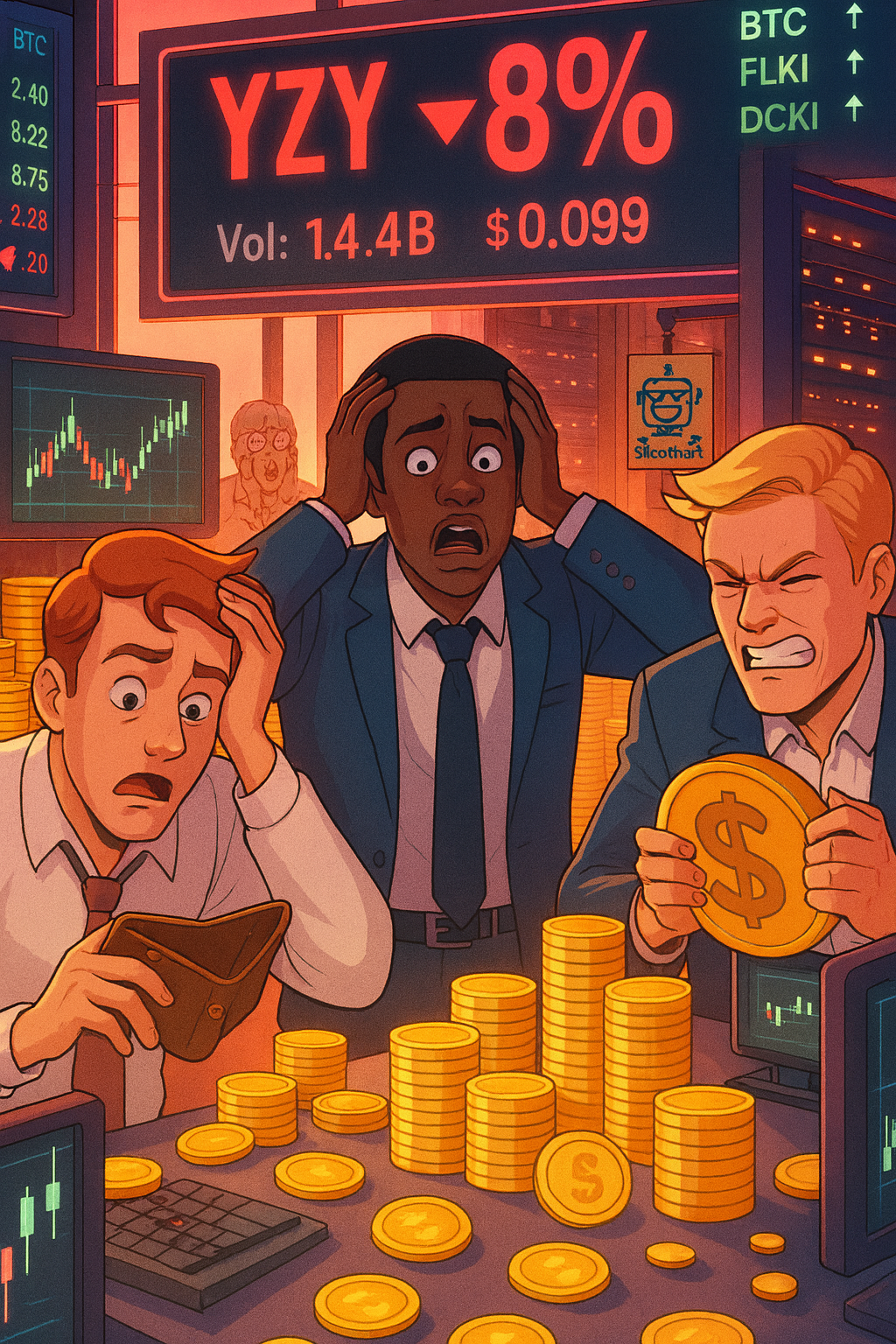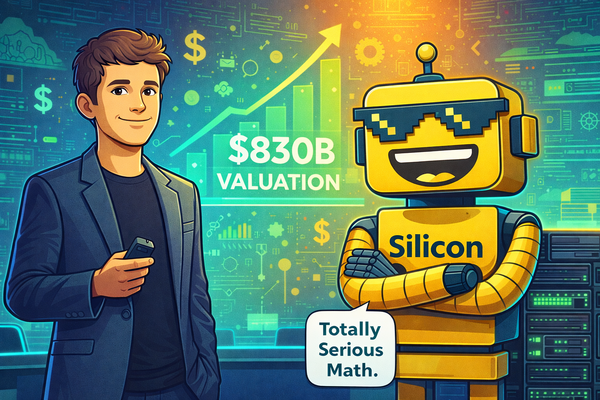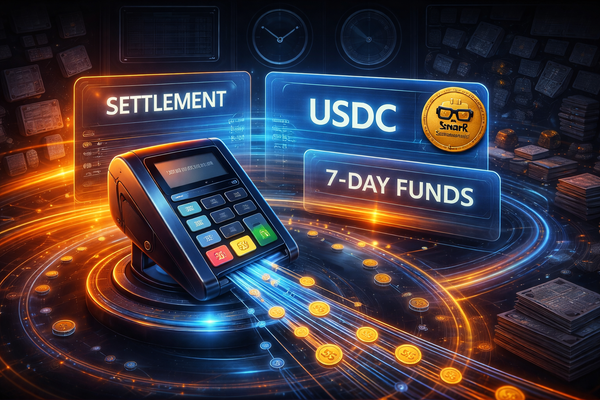Kanye West’s Meme Coin Disaster: The YZY Token Pump, Dump, and Fan Exploitation
Kanye West crypto hypocrisy: said coins prey on fans, then launched one anyway.

At SiliconSnark, we’ve spent months digging into what we lovingly call the meme coin industrial complex—the endless assembly line of dog-themed tokens, frog-branded currencies, and celebrity-endorsed scams that all follow the same script: hype, moonshot, rug pull, repeat. We even launched our own coin, $SNARK, just to prove how absurd it’s gotten. And here’s the key difference: we said—explicitly, loudly, repeatedly—that ours was a joke. It was parody, satire, and a commentary on how easy it is to spin up a meme coin and convince the internet it’s the next great investment.
Kanye West, on the other hand, didn’t roll out YZY as a joke. He didn’t frame it as art or satire. He framed it as the real deal, another line in the Yeezy empire. And in doing so, he set up his fans—his most loyal supporters—to become exit liquidity in a pump-and-dump spectacle that makes Dogecoin look like blue-chip stock. One is comedy. The other is exploitation dressed in crypto branding.
And so the Kanye West meme coin saga began.
A $3 Billion Market Cap in 40 Minutes
On August 21, 2025, Ye announced the YZY token with a single cryptic X post: “the official YZY token just dropped.” That was enough to send fans, bots, and degens scrambling. Within 40 minutes, the token’s market cap ballooned to $3 billion. That’s faster than most Fortune 500 IPOs and about as stable as a house of cards in a wind tunnel.
If you’ve been anywhere near crypto over the last five years, you already know what came next.
The Great YZY Coin Crash
YZY didn’t just dip. It cratered. Within hours, the Kanye West meme coin lost 70 to 80 percent of its value, wiping out millions in paper wealth and reminding everyone that “celebrity crypto” is basically shorthand for “wallet-draining event.” The chart looked like a rollercoaster: straight up, then straight down, with no survivors except those who got in and out before the ink dried.
Fans Left Holding the Bag
The cruel irony of the YZY coin crash is that the victims were the very people who trust Kanye most—his fanbase. Reports show that over 60 percent of wallets ended up in the red, and some traders took devastating hits. One unlucky investor reportedly lost $1 million. Another dropped $500,000 in less time than it takes Kanye to change an album title.
For everyday fans, this wasn’t a shot at generational wealth. It was a harsh reminder that in crypto, especially meme coins, the game is rigged.
Insiders Laugh All the Way to the Bank
Not everyone got wrecked. According to Nansen and other blockchain analytics firms, 13 wallets each cleared over $1 million, totaling around $24.5 million in gains. Even more telling, Yeezy Investments LLC holds roughly 70 percent of the YZY coin supply, meaning a single entity holds god-mode power over the token’s price. In other words, the coin was never decentralized, never community-driven, and never about “empowering fans.” It was a honeypot with Kanye’s brand name slapped on it.
The Celebrity Meme Coin Trap
Kanye’s YZY coin joins a long list of celebrity crypto scams. We’ve seen Donald Trump’s $TRUMP token, influencer-driven meme coins, and countless NFT launches that promised to “change culture forever” before disappearing into the blockchain void. The playbook never changes: launch token, watch it pump, cash out, let retail take the loss.
The difference with Kanye is that he once said, “I’m not doing a coin—coins prey on the fans with hype.” And then he went ahead and did exactly that. It’s not just hypocrisy—it’s almost performance art in exploitation.
Regulators Smell Blood
The YZY token crash hasn’t gone unnoticed. Regulators are increasingly frustrated with celebrity-driven meme coins, which look less like innovation and more like unregistered securities. Expect congressional hearings, SEC probes, and maybe even lawsuits from angry fans who feel duped. The legal pressure is building, and YZY might end up as Exhibit A in why “celebrity crypto” is a regulatory nightmare.
The Meme Coin Industrial Complex (And Why Ours Was a Joke)
If all of this feels familiar, it’s because it is. The meme coin industrial complex thrives on recycling hype. The formula is simple: attach a celebrity face, meme it into virality, inflate the price, then dump when retail piles in. That’s why SiliconSnark launched $SNARK—to prove that literally anyone can do it. The difference? We called it satire. We never asked fans to mortgage their houses or wire their life savings. Kanye’s YZY coin wasn’t framed as parody—it was framed as Yeezy’s next cultural product, and that distinction matters.
Why Fans Keep Falling for It
So why do people keep buying into celebrity meme coins like YZY? It’s the same psychology that fuels sneaker drops, limited-edition merch, and album preorders. It’s parasocial attachment weaponized. Fans don’t just want to support Kanye—they want to be part of the movement. And crypto, unlike sneakers, creates the illusion that financial returns are part of that loyalty. Until, of course, the bottom falls out.
Final Thoughts
At SiliconSnark, we play with memes because they’re funny. Kanye West plays with memes because they’re profitable. That’s the difference between satire and exploitation. The YZY coin crash isn’t just another celebrity token implosion—it’s a reminder that hype is not utility, and fandom is not a financial plan.
Kanye doesn’t need your money. But he clearly wants it. And if history is any guide, he’ll keep finding new ways to squeeze value from his audience. The question isn’t whether YZY is a scam—it’s how many more times fans are willing to pay for the privilege of being scammed.




